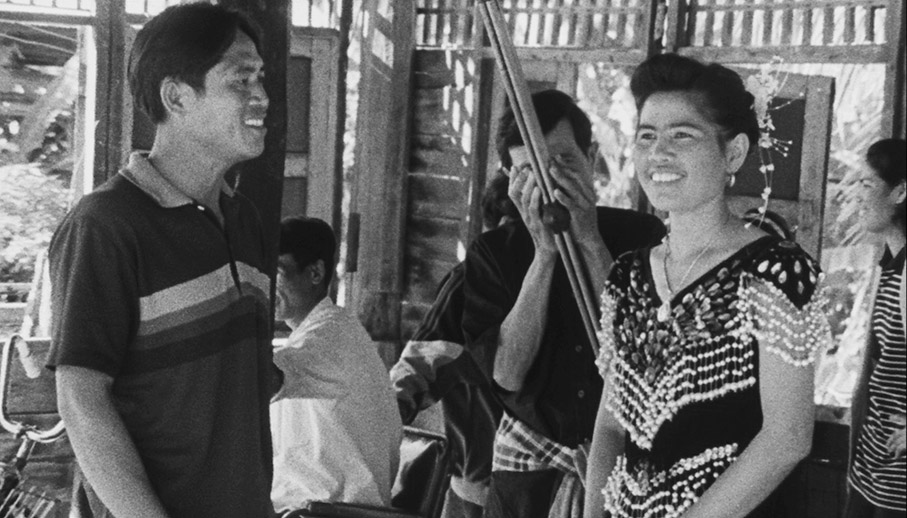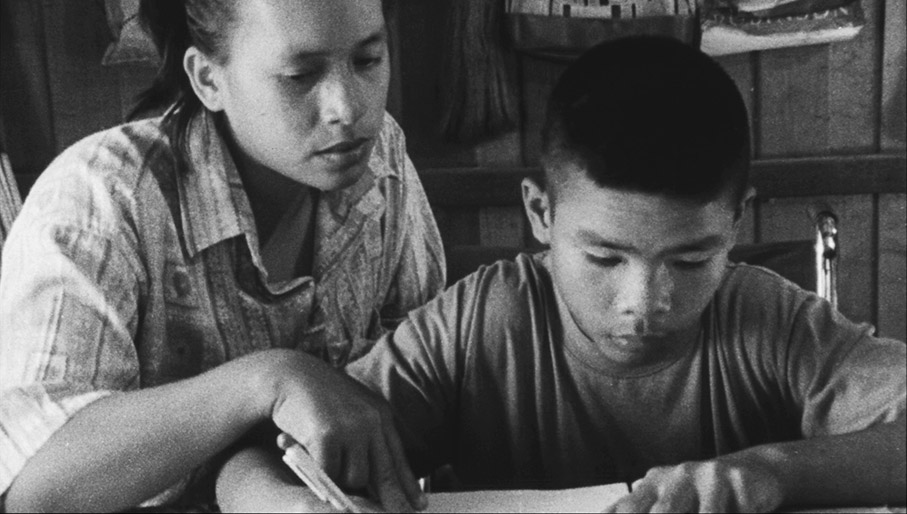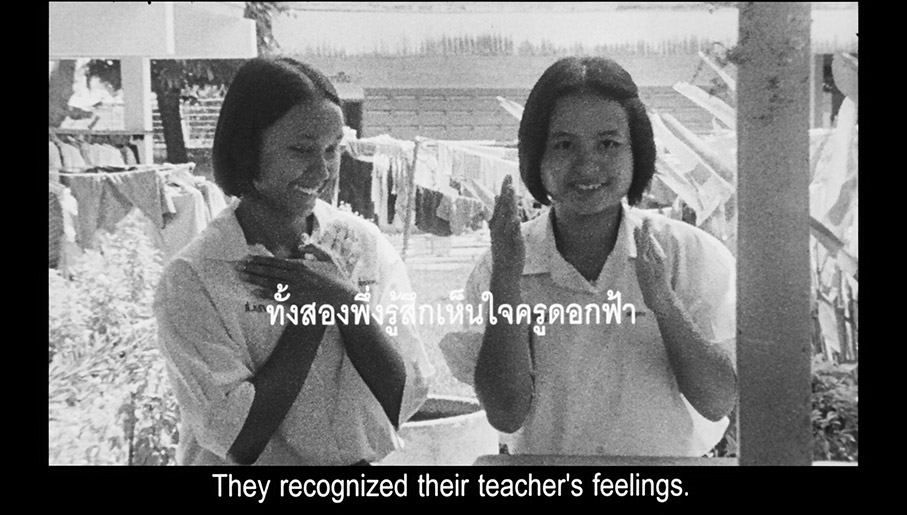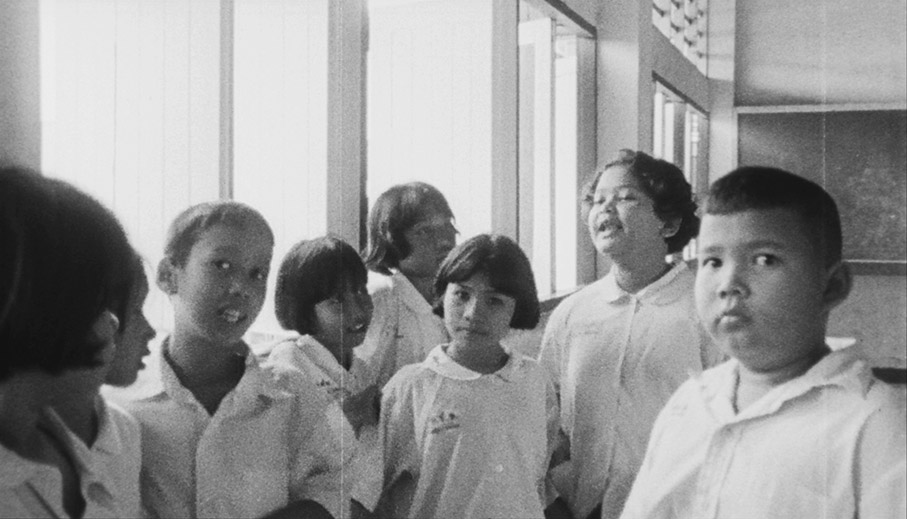|
It’s quite possible that some of you will have at one point played a game known as Exquisite Corpse, even if you were unaware of its suggestive moniker. Originally devised by members of the Surrealist movement, it involves drawing part of a picture on folded paper, then passing it on to another artist to continue where you left off. The only thing is they cannot see what you have drawn, only the lines at the edge of the paper fold, from which their own drawing will then begin. When all the segments are complete (three was the most common), the paper is unfolded to reveal the full picture, a perfect embodiment of the Surrealist fascination with the chance meeting of mismatched objects.
The process had a number of interesting offshoots. One I took part in on a number of occasions involved an improvised story being started by one member of a group that had to then be immediately continued by another. You had to think on your feet, and any advantage of being the fifth participant and thus having more time to come up with an ingenious twist could be soundly undermined when the person before you killed off the character around which your whole contribution was set to be built. It was actually a good deal of fun and gave rise to some intriguing if rarely cohesive or conclusive stories. You'll find a great example of this in a hugely enjoyable BBC documentary from 1990 titled Horror Café, in which six horror writers and filmmakers – including John Carpenter, Clive Barker and Roger Corman – sat around a table, eating and discussing what makes the horror genre tick and one point were asked to come up with the ultimate horror story via this very process. It certainly threw up a number of fascinating ideas (some of which have been recycled by other filmmakers since) but inevitably failed to deliver the complete and definitive tale for which they were searching. But such is the nature of surrealist storytelling.

It's perhaps typical of celebrated Thai director Apichatpong Weerasethakul that for his first feature film he would attempt to construct a cinematic equivalent of the Exquisite Corpse, creating in the process an experimental work that rejects the idea of formal narrative structure and throws story development open to the ideas and imagination of the film's intriguingly diverse group of participants. A mix of documentary and drama dressed in an ethnographic travelogue waistcoat, the film sees Weerasethakul and what I’m guessing was a mere whisper of a crew travelling through Thailand meeting people who are asked to continue a story begun and developed by previous contributors. The tale itself – one involving a crippled boy, his teacher and another boy who may be alien in origin – is largely improvised by those tasked with its continuation and is intermittently dramatised and chaptered with captions, and on occasion underscored by seemingly unrelated sequences in which the camera just observes human interaction or daily life. One twist in the tale is even followed up with what looks like an extract from a real-world chat show whose factual story partially mirrors an element of the constructed fiction.
Mysterious Object at Noon (which sounds almost like a title for a René Magritte or Giorgio de Chirico painting) was shaped and influenced by Weerasethakul’s earlier experimental short films and love of surrealism, and its easy-going pace, grainy monochrome imagery, melding of fact and fiction and sudden locational shifts do lend it a genuinely dreamlike quality. The storytellers prove to be the key draw here, from the delightfully upbeat and expressive deaf girls to the middle-aged woman who breaks down laughing and accuses the filmmakers of trying to get her drunk before promptly downing another glass of hooch. One group even stages their section of the story as a musical play, while a band of boisterous school kids – two of whom almost get into a fight in the background – seem to bask in the camera’s attention and waste little time killing the story’s main characters off, before a rethink offers up a different resolution.

Weerasethakul’s aim to explore the narrow dividing line between truth and fiction also sees him play some interesting games with form and what there is of a fourth wall. This is at its most oddly effective when the camera keeps rolling as a chapter of the story dramatisation concludes, and the actors break for food and Weerasethakul himself wanders into shot to adjust one of the lights. Elsewhere it becomes difficult to tell whether what we are looking at is real or has been staged for the camera, and intermittently we seem to be encouraged to simply watch and appreciate a sequence for its content and setting rather than its connection to the scenes that surround it, if indeed there is one.
For newcomers to the work of this most singular of filmmakers, it’s likely that A Mysterious Object at Noon will present something of a challenge, which will come as no surprise to those who were left a little bamboozled by the likes of Tropical Malady, Uncle Boonmee Who Can Recall His Past Lives and Syndromes and a Century, films that put Weerasethakul firmly on the map but which will always have their vocal detractors. But such is the nature of experimental cinema, and for those who treasure these distinctive and quietly mesmerising works (guilty as charged), Mysterious Object at Noon proves to be a bold and strangely captivating first feature from a director who would go on to specialise in films of this nature. I’m not going to claim that I was able to connect all of the dots that Weerasethakul draws, or that I fully appreciated the overriding purpose of every sequence (including a gently upbeat observational documentary coda that plays after the closing credits). But I was entranced by the journey, the improvised story and the varied and imaginative manner of its telling, and genuinely cannot recall seeing another film quite like it.
Having come a little late to the Blu-ray party, the good people at Second Run are starting to remind me of someone who takes up mountaineering and instead of working their way slowly up to the more challenging peaks, deliberately picks the hardest climbs they can find. For their first HD release, they seemed to deliberately fly in the face of logic and pick a film that was shot on standard definition (Pedro Costa’s Horse Money). For the second, they’re working with a film that was shot on 16mm monochrome reversal stock (using what Weerasethakul himself describes as “a cheap camera”), then blown up to 35mm and subtitled in English. With the original 16mm material long ago discarded by the lab in which it had been stored, the restoration team – a joint effort between the Austrian Film Museum and the Film Foundation’s World Cinema Project – were forced to work with this 35mm blow-up internegative with burned-in subtitles. Inevitably this process has robbed the image of some of its original finesse (Weerasethakul himself confirms this is the case), and has coarsened the contrast and enhanced the film grain. The film has also been windowboxed within the 1.78:1 frame, putting borders on the image and a black space below, which is where the majority of the subtitles are located. Unfortunately for the restoration team, some of these subtitles run over two lines and thus overlay the bottom of the picture as well. It was deemed by all that attempting to digitally remove them would prove problematic, so the decision was made to leave them in place, but they have been digitally sharpened and small corrections have been made to the text. Given these considerable restrictions, the restorers have done a commendable job, stabilising the previous flickering, grading the contrast to solidify the black levels without punishing the shadow detail and bringing out a surprising level of image detail, something particularly visible in the sequence in which a group performs their story segment as musical theatre. The picture has also been cleaned to remove a lot (though not all) of tghe dust spots, but Weerasethakul and the team have chosen to leave small scratches and other examples of minor damage untouched as – and I quote – “a permanent reminder of the film’s suboptimal survival status.”

The original DAT master tapes could not be located, so the soundtrack was sourced from the 35mm Dolby stereo optical track. This is included here as a linear PCM stereo track, but also available is a remixed DTS-HD Master Audio 5.1 surround track. Both are clear and free of damage, but while the stereo track may be truer to how the film originally played, the 5.1 track feels so much richer and makes such subtly effective use of the surrounds for ambient location sound that after watching the film in surround for a short while, it’s hard to go back to the stereo track.
Apichatpong Weerasethakul talks to Melli Modi (26:40)
Seated in what looks like a chilly London garden, Weerasethakul talks to Second Run guru Mehelli Modi about his background, his early film career and Mysterious Object at Noon in particular, all of which is fascinating stuff for those of us not well versed in the director’s background. I was especially intrigued to discover that Weerasethakul’s unique approach to film storytelling was almost a chance thing, having enrolled in the School of the Art Institute of Chicago unaware of its specialisation in experimental cinema (he thought he was going to learn to direct like Steven Spielberg). He talks about his discovery of the Exquisite Corpse drawings and his desire to realise the concept on film, the influence of Iranian and Taiwanese cinema, the fact that he no longer believes in the ghosts that continue to haunt his work, getting the film screened at Rotterdam by thrusting a VHS copy into the hands of Tony Rayns, the subsequent restoration, and plenty more. An excellent extra.
About the Restoration (7:09)
Matteo Lepore, head of Digital Restoration Department at the Austrian Film Museum in Vienna, provides a clear and detailed breakdown of the challenges facing the restoration team and how they were overcome. A welcome inclusion, it includes some side-by-side comparisons of how the material looked before and after key stages of the restoration.

Nimit [Meteorites] (15:54)
Made in 2007 for the Short Films for the King Bhumibol Adulyadej's 80th Birthday project, this is a far trickier sell than the main feature, and I’m still not sure I’m quite ready to buy. Digitally shot on what looks suspiciously like a mobile phone, it starts off as what looks like an impressionist record of the director on a day out with his family. Frequently out of focus and trembling with sometimes earthquake ferocity (hence my comment about the mobile phone), it nonetheless occasionally locks in on things of curious interest, and really shifts gear with the late film arrival of a typhoon and a couple of visually striking and artistically captivating sequences.
Also included is a must-read Booklet featuring a typically compelling essay on the film by eastern cinema expert Tony Rayns (who also recalls Weerasethakul accosting him with a tape of the film at the Rotterdam Film Festival), and another detailed breakdown of the restoration process, plus credits for the film and the principal extra features.
For fans of the cinema of Apichatpong Weerasethakul, this is an important and welcome release, presenting as it does the director’s not widely seen first feature in as good a condition as you’re likely to find it and backed by a most revealing interview, an excellent booklet and a short film that feels almost designed to test your taste in filmic avant-garde. Inevitably it will alienate some, but for those with a fondness for chance-taking experimental cinema there is much to absorb and appreciate here, and enough left over to fuel a most interesting debate. Recommended.
|